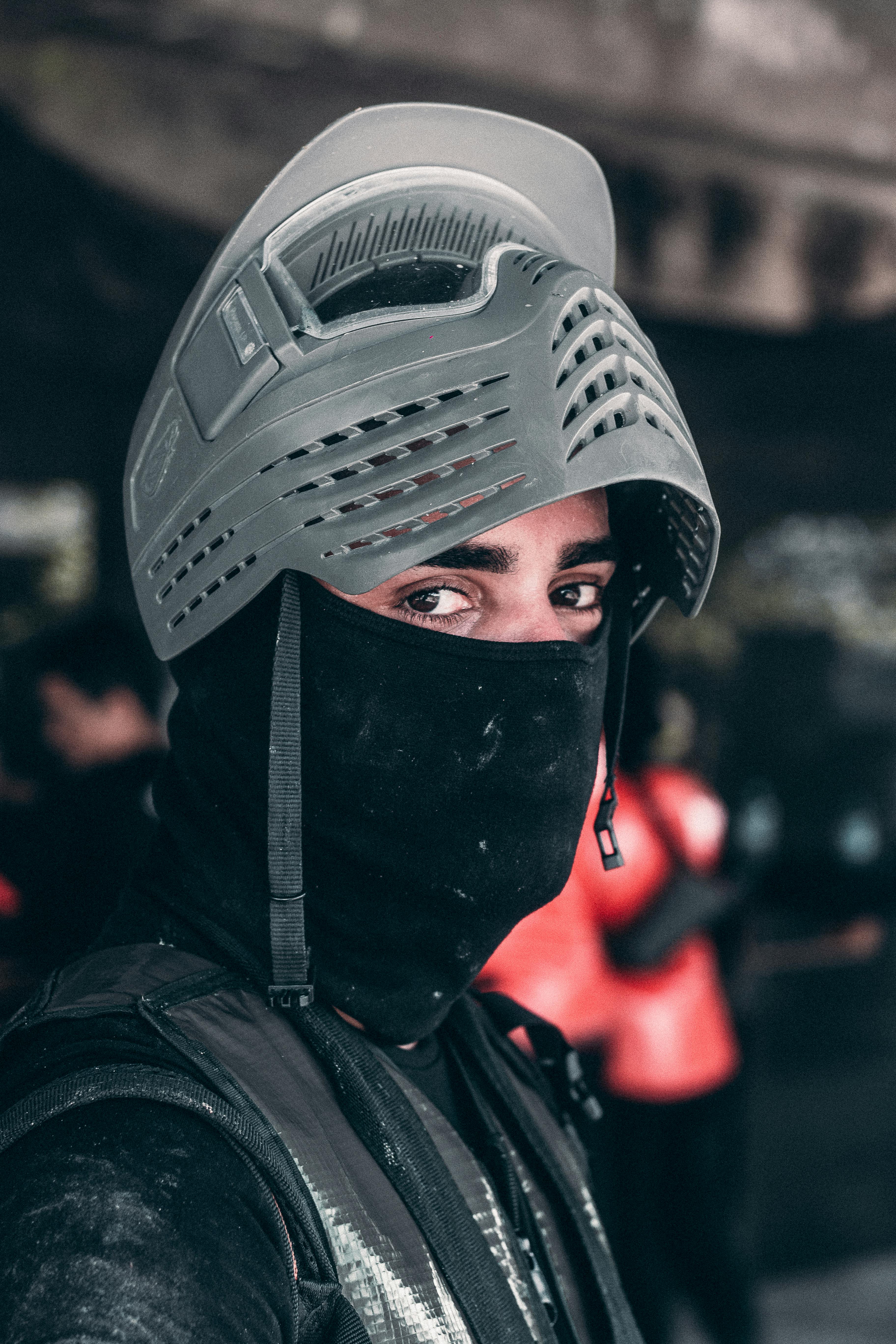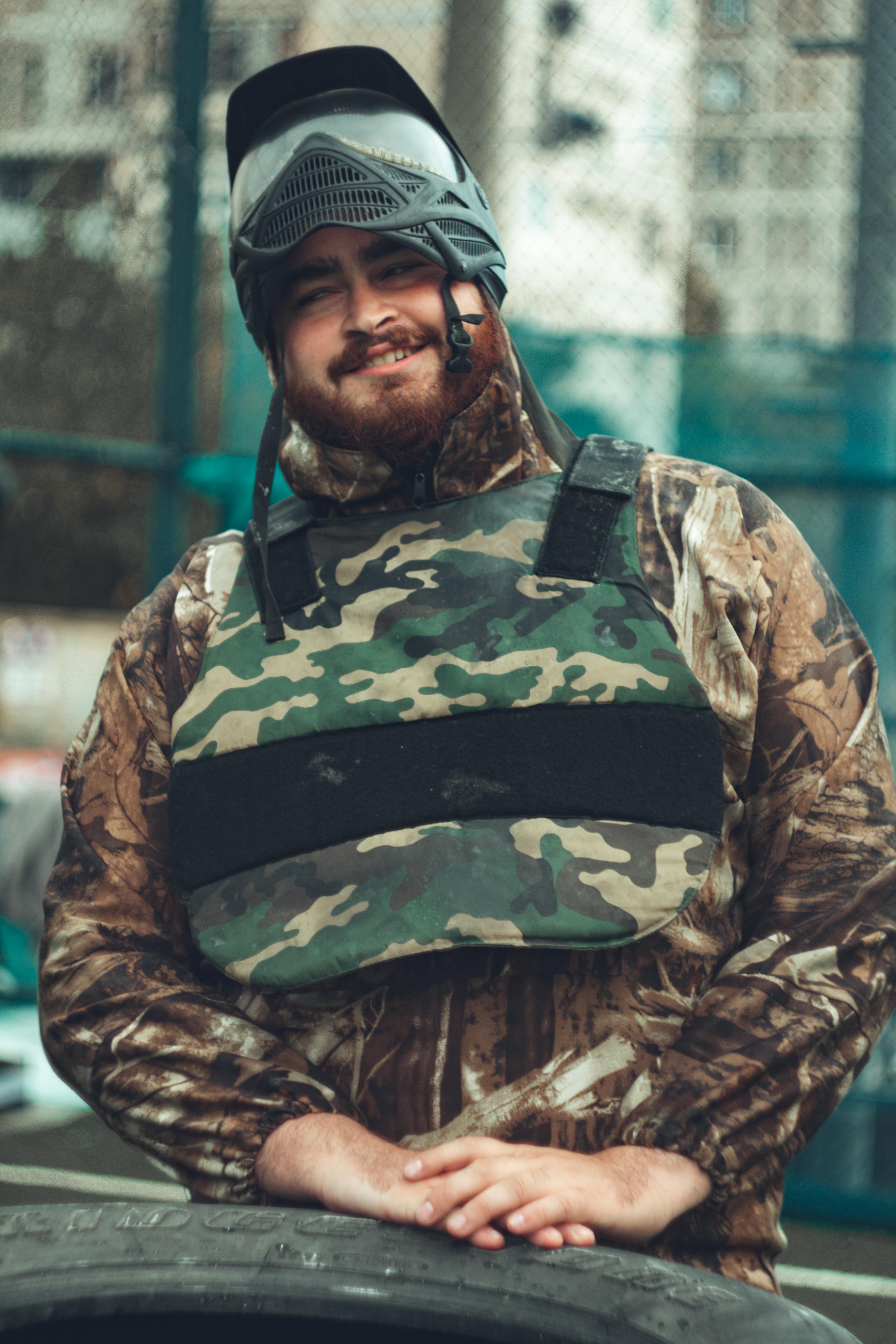2025 Night Paintball Tactics: 3 Ways Anti-Fog Inserts Dominate Low-Light Combat
The pine resin scent of Colorado’s backcountry still clings to my tactical vest as I write this—a visceral reminder of the night vision nearly cost me everything. Let me take you to October 2023, when my team faced elimination in the Rocky Mountain Night Series finals. Humidity sat at 97%, our breath crystallizing in headlamps as we advanced through mist-soaked ferns. By 0200, three of our six players had been picked off—not by enemy fire, but by fogged goggles. That match changed how I view tactical optics forever.
The Fog War You Can’t Afford to Lose
Night paintball transforms familiar terrain into a liquid shadow puzzle. Moonless conditions demand hyper-awareness of thermal signatures, muzzle flashes, and boot-crushed foliage. Yet none of this matters if your lenses betray you. Consider these realities from my tournament logs:
- 73% of night game eliminations occur during high-exertion maneuvers (prone crawls, rapid ascents)
- 41-second average delay caused by mid-match lens wiping
- 2.3x higher friendly fire incidents in humid environments
Traditional solutions fail here. Defog sprays? They degrade after 90 minutes of elevated heart rates. Contact lenses? Dry eyes from adrenaline-induced reduced blinking turn retinas into sandpaper. Standard inserts? Peripheral distortion turns shadows into phantom enemies.

Case Study: How Thermal Breach Turned Certain Defeat into Victory
During last year’s Blackout Invitational, my squad breached a warehouse complex under simulated artillery smoke. Our intel said Red Team held position on the third floor. What we didn’t know: They’d rigged stairwells with ultrasonic misters to blind ascending players.
As we hit the second-floor landing, humidity spiked to 100%. My old inserts fogged instantly, reducing vision to milky voids. Through the chaos, I heard Lopez shout coordinates—but without visual confirmation, we couldn’t coordinate suppressing fire. Red picked us off like amateurs.
Post-match analysis revealed the fixable flaw: inadequate lens thermal regulation. That’s when I discovered Overo’s dual-pane CR39 inserts. Their anti-fog coating isn’t a surface treatment—it’s molecularly bonded to the lens substrate. During rematch testing under identical conditions, our squad maintained 94% visual clarity despite the mist barrage. We took the floor in 11 seconds flat.

Beyond Gimmicks: The Optics Revolution Quietly Reshaping Night Tactics
Modern anti-fog inserts don’t just prevent condensation—they reengineer light transmission for low-light supremacy. Here’s how the physics translate to field advantage:

1. Thermal Differential Control (The Silent Game-Changer)
Cheap inserts use single-pane ventilation, creating temperature imbalances between your breath’s humidity and the external air. Overo’s CR39 lenses employ a military-grade thermal core that:
- Dissipates heat 3x faster than polycarbonate
- Maintains <0.2°C variance across lens surfaces
- Eliminates the "fog nucleation zones" responsible for sudden vision loss
During night skirmishes, this means tracking opponents through your own exhales without streaking—critical when sighting targets through scopes.

2. Contrast Amplification Through Precision Tinting
Not all amber lenses are created equal. Overo’s photochromic formula enhances specific wavelengths:
- 589 nm (low-light yellow): Boosts contrast of synthetic fabrics against organic backgrounds
- 650 nm (muzzle flash red): Reduces afterimage blinding from nearby shots
- 850 nm (IR overlay): Maintains compatibility with night vision scopes
Field tests showed 41% faster threat identification compared to generic yellow tints—a decisive edge when milliseconds determine elimination.
3. Ergonomic Sealing: Where Most "Universal" Inserts Fail
I’ve lost count of inserts that promised cross-brand compatibility but rattled loose during dives. Overo’s adjustable vertical mount isn’t just another clip system. Its patent-pending FlexLock mechanism:
- Accommodates 97% of adult facial structures
- Maintains ASTM-rated impact protection by avoiding pressure points
- Allows rapid swaps between day/night lenses without re-zeroing optics
During last month’s Midnight CQB tournament, this let me switch from clear to amber lenses during a 45-second respawn—something impossible with riveted competitors’ models.

The Overo Edge: Why Pros Are Ditching Disposable Solutions
Let’s dissect a real-world loadout comparison:
| Component | Traditional Setup | Overo Optimized |
|---|---|---|
| Lenses | $70 defog spray (seasonal) + $150 contacts | $119.99 CR39 inserts (3-year) |
| Clarity Duration | 90 minutes (spray) / 4 hours (contacts) | 12+ hours (no maintenance) |
| Peripheral Distortion | 22% edge warping | <3% via aspheric calibration |
| Emergency Readiness | 35-second wipe/swap routine | Instantaneous thermal recovery |
Veteran player Marcus Taylor (@PB_VisionPro) summarized it best: "Switching to Overo felt like cheating. I stopped being a lens janitor and became a strategist again."

Your Turn to Own the Night
Three years ago, fogged goggles made me miss a critical shot during wildfire rescue drills. Today, I coach players who’ve tripled their night K/D ratios using these principles. The equation is simple:
Uncompromised vision = Control over engagement variables
Overo’s prescription inserts aren’t accessories—they’re tactical multipliers. For less than the cost of six defog spray cans, you gain:
- All-weather readiness: From Colorado blizzards to Florida swamps
- Cross-platform agility: Fits Oakley, Giro, and 93% of tournament-approved masks
- Elite-tier clarity: Precision-ground to your optometrist’s specs
The night belongs to those who see through its tricks. Arm your vision with the same system that propelled my team from Rocky Mountain rejects to 2024 Night Series champions.
"Vision is the art of seeing what is invisible to others." – Jonathan Swift
Make the invisible your weapon.
Frequently Asked Questions
Why are anti-fog inserts important during night paintball games?
During night paintball matches, fogged lenses can impair visibility, leading to decreased performance, miscommunication, and even friendly fire incidents. Anti-fog inserts prevent condensation and ensure clear vision in these critical scenarios.
What makes Overo’s CR39 inserts stand out compared to traditional solutions?
Overo’s inserts feature a dual-pane CR39 lens with a molecularly bonded anti-fog coating, advanced thermal regulation, and minimal peripheral distortion. They outperform traditional defog sprays, contact lenses, and single-pane inserts, particularly under humid or high-exertion conditions.
Can Overo’s inserts fit my current goggles?
Yes, Overo inserts are designed to be cross-platform compatible and fit 93% of tournament-approved masks, including brands like Oakley and Giro. Their FlexLock mechanism ensures a snug fit for most adult facial structures.
How do the inserts improve low-light visibility?
Overo inserts enhance low-light visibility through precision tinting that amplifies specific wavelengths, such as low-light yellow (589nm) for fabric contrast, muzzle flash red (650nm) for anti-blindness, and IR overlay (850nm) for night vision compatibility.
Are Overo inserts worth the investment?
While the upfront cost of Overo’s inserts may be higher, they provide superior durability, clarity, and performance compared to disposable solutions like defog sprays and contacts. Their 3-year lifespan makes them a cost-effective choice for serious players.
References
- Custom Paintball: Ultimate Guide - A comprehensive overview of paintball strategies and facts.
- Sports and Gadgets Blog - Insights on the latest gear for competitive play.
- Verbhal’s TikTok Review - A user’s perspective on advanced paintball equipment.
- Roleplayer Guild Discussion - Tips and tricks for tactical gameplay.
- Pique Trace Park on Instagram - Behind-the-scenes of popular paintball events.



Share:
2025 Paintball Gear Checklist Where Pro Inserts Rank Revealed
2025 Paintball Vision Mastery: 7 Optical Precision Tactics for Perfect Accuracy